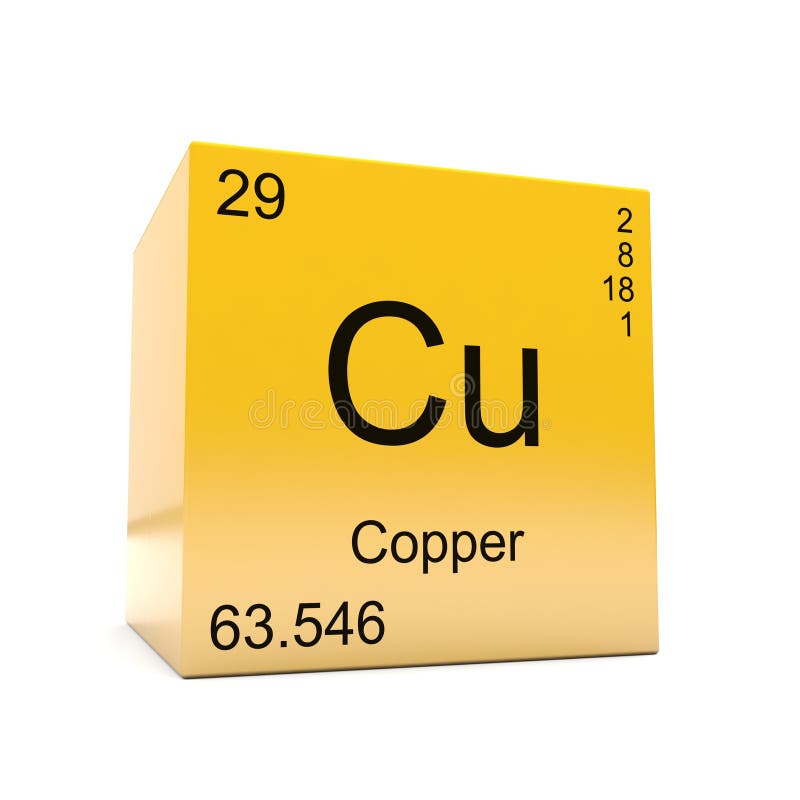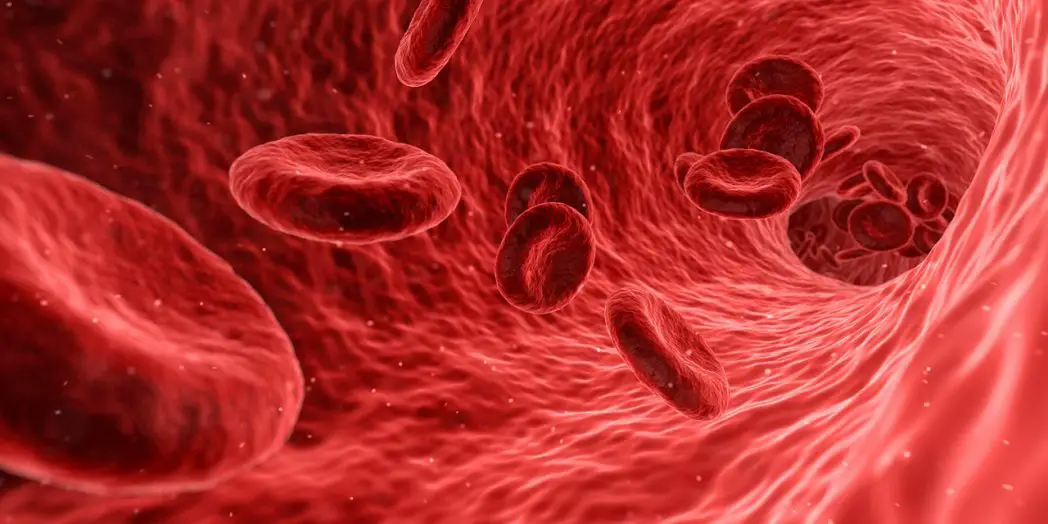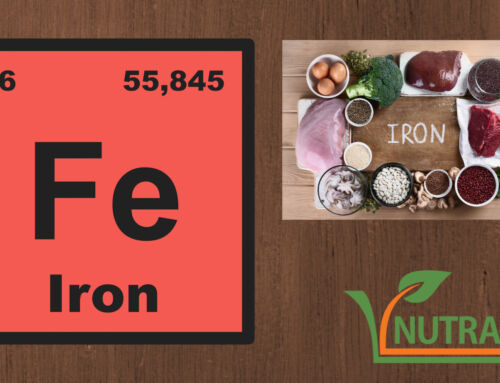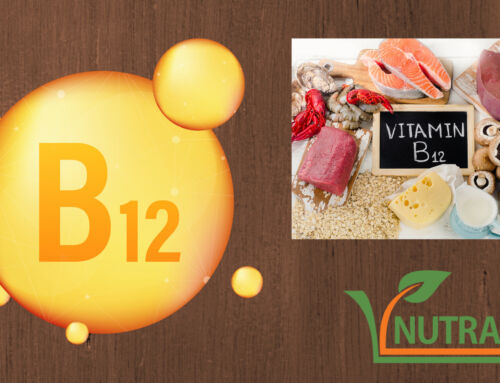COPPER
COPPER: WHAT IS IT?
Copper is a chemical element, with the symbol ‘Cu’: it is a ductile metal with a characteristic red colour.
It is present in minute quantities in the human body: in an adult individual, there is about 100 mg of copper. The human body takes up 50% of copper in bones and muscles, but the liver, heart and brain also have high concentrations.

Copper in the periodic table of elements
Of the various forms, copper sulphate is an anhydrous salt, which has the appearance of a white powder: it is characterised by being odourless and free of metallic taste, as well as being highly bioavailable and soluble in water. Moreover, this form of copper, used in food and supplements, allows the element to remain stable until it reaches the gut.
Copper in food

Properties, benefits and use of supplements
At the dietary level, copper is mainly contained in offal.
More specifically, good sources of copper are:
| Food | Amount of copper mg/100 g |
| Calf liver | 11,8 |
| Beef liver | 9,7 |
| Goose liver | 7,5 |
| Lamb liver | 6,9 |
| Dried spirulina | 6,1 |
| Duck liver | 5,9 |
| Bitter cocoa powder | 3,7 |
| Cocoa powder | 3,6 |
| Soy flour | 2,9 |
| Goa beans | 2,8 |
| Cashew nuts | 2,1 |
| Squid | 1,8 |
| Sunflower seeds | 1,8 |
| Hazelnuts | 1,7 |
| Soia beans | 1,6 |
| Poppy seed | 1,6 |
| Walnuts | 1,5 |
RECOMMENDED DAILY INTAKE OF COPPER
The daily requirement for a healthy adult is 1.5-3 mg of copper.
Generally, with a healthy, balanced diet alone, the daily copper requirement can be met at all ages.
THE ROLE OF COPPER
Within the human body, copper participates in multiple reactions:
- energy metabolism: copper is involved in energy production.
- the production of red blood cells.
- formation and maintenance of bones and connective tissue: copper works closely and in perfect balance with zinc and vitamin C to form elastin and collagen, two important proteins found in bones and connective tissue.
- pigmentation of skin and hair: copper enables the formation of melanin, which is responsible for skin and hair colouration.
- protection of the cardiovascular system: copper is involved in the synthesis of prostaglandins, which have anti-inflammatory activity and prevent platelet aggregation, protecting the blood system from the formation of clots.
- protection of the cell from free radical damage.
COPPER DEFICIENCY
Inadequate dietary habits, a malabsorption condition of various nutrients or even an excessive intake of zinc in the diet can lead to a severe copper deficiency, with important repercussions on the body’s state of health.
Although rare, a copper deficiency can lead to:
- bone demineralisation
- fragility of artery walls
- anaemia
- connective tissue disruption
- nervous disorders
- impaired functioning of the immune system
- increased risk of cardiovascular and neurodegenerative diseases









